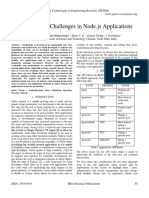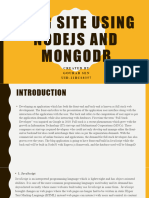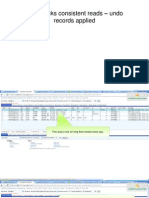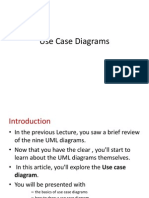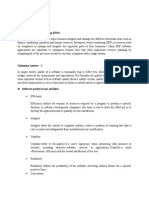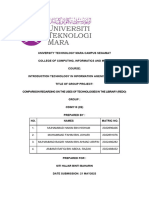0% found this document useful (0 votes)
9 views5 pagesBackend
This document details the backend development plan for a blogging platform using Node.js, Express, and MongoDB, with a focus on building a secure API. Key features include user authentication, blog post management, and commenting functionality, with a structured project layout for controllers, models, and routes. The document also outlines API endpoints, middleware requirements, and development notes for testing and error handling.
Uploaded by
adithyar976Copyright
© © All Rights Reserved
We take content rights seriously. If you suspect this is your content, claim it here.
Available Formats
Download as PDF, TXT or read online on Scribd
0% found this document useful (0 votes)
9 views5 pagesBackend
This document details the backend development plan for a blogging platform using Node.js, Express, and MongoDB, with a focus on building a secure API. Key features include user authentication, blog post management, and commenting functionality, with a structured project layout for controllers, models, and routes. The document also outlines API endpoints, middleware requirements, and development notes for testing and error handling.
Uploaded by
adithyar976Copyright
© © All Rights Reserved
We take content rights seriously. If you suspect this is your content, claim it here.
Available Formats
Download as PDF, TXT or read online on Scribd
/ 5












































